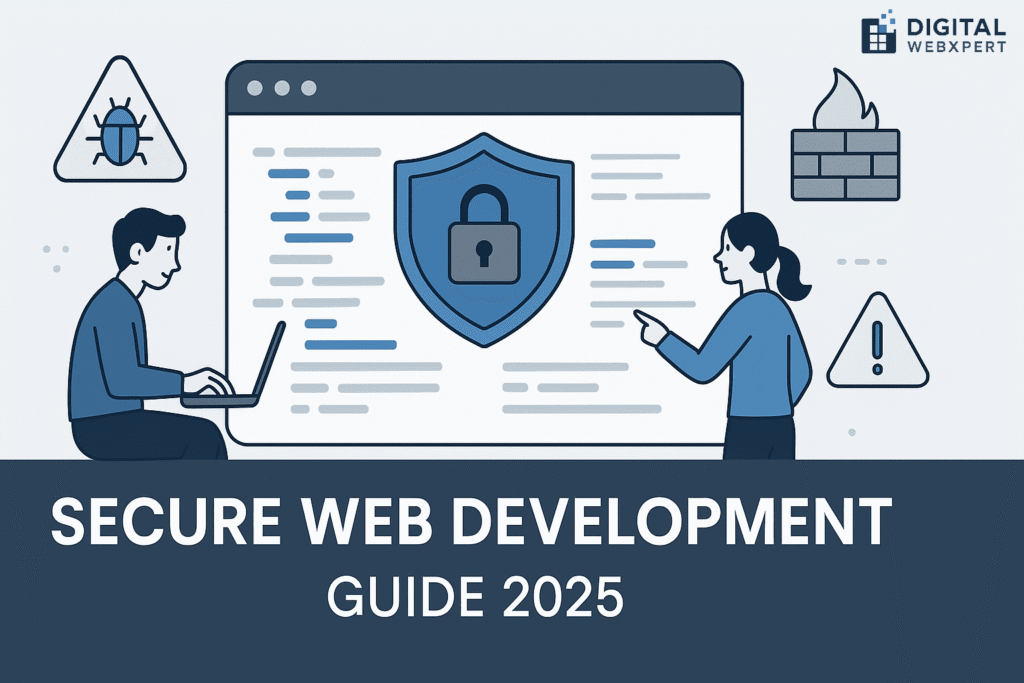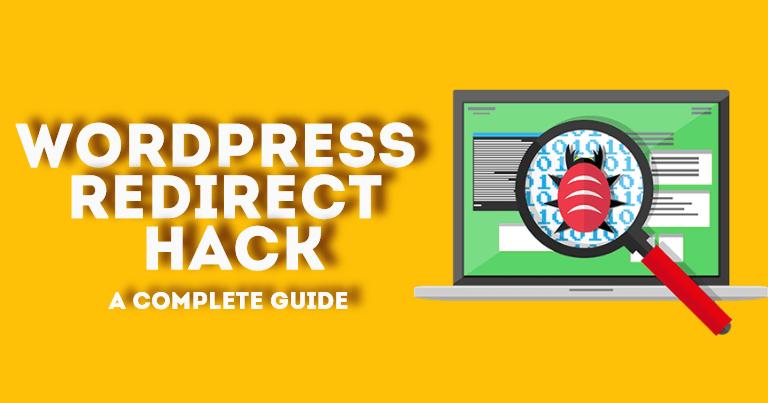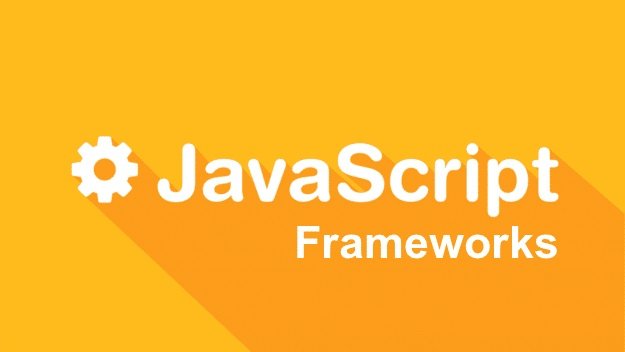n today’s digital era, a website isn’t just a marketing tool — it’s your business’s front door. But if it isn’t secure, you’re leaving that door wide open to hackers, malware, and data theft.
Whether you’re a freelance developer, startup founder, or small business owner, secure web development should be at the top of your checklist in 2025.
This guide explains:
The importance of website security
Major security risks to look out for
Best practices for secure web development
Tools & frameworks to strengthen your defenses
A step-by-step security checklist
🔐 Why Secure Web Development Matters in 2025
With rising threats like ransomware, phishing attacks, and data breaches, the web is more vulnerable than ever. Google even flags insecure sites, which can hurt both your traffic and credibility.
Did You Know?
60% of small businesses shut down within 6 months of a cyber attack
Over 30,000 websites are hacked daily
HTTPS is now a Google ranking factor
Your customers trust you with their data. Don’t let them down.
🛠 Common Website Security Risks to Watch For
Understanding the threats is the first step to prevention.
1. SQL Injection
Attackers inject malicious code into forms to access your database.
2. Cross-Site Scripting (XSS)
Hackers add scripts into your website that execute in users’ browsers.
3. Cross-Site Request Forgery (CSRF)
Tricks users into executing unwanted actions on your site while logged in.
4. Insecure File Uploads
Malicious files can give hackers access to your server.
5. Outdated Software
Using outdated plugins, themes, or CMS versions is like leaving the backdoor open.
✅ Best Practices for Secure Web Development
Here’s how to keep your site locked down and users protected:
1. Use HTTPS with SSL
Install an SSL certificate
Redirect HTTP to HTTPS
Google penalizes non-HTTPS sites
2. Sanitize & Validate All User Input
Prevent SQL injection and XSS
Use built-in functions or frameworks like Laravel, Django, or Express
3. Use Parameterized Queries
Especially in PHP, Python, or Node.js to prevent database vulnerabilities.
4. Enable CSP (Content Security Policy)
Prevents XSS by controlling which resources load on your site
5. Limit File Upload Types
Allow only safe formats (like .jpg, .pdf)
Use virus scanners on uploaded files
6. Keep Software Updated
Always update WordPress, plugins, and themes
Use reliable themes from trusted developers
7. Limit Login Attempts
8. Secure Admin Directories
Rename or hide wp-admin/login URLs
Use two-factor authentication (2FA)
9. Use Strong Passwords
Enforce password policies
Use tools like LastPass or Bitwarden
10. Set Proper File Permissions
644 for files
755 for folders
Deny access to sensitive files like .env or wp-config.php
🔧 Tools and Frameworks to Boost Web Security
🔒 Let’s Encrypt – Free SSL certificate
🧰 OWASP ZAP – Free security testing tool
🔍 Sucuri – Malware detection and monitoring
🧱 Cloudflare – DDoS protection, WAF, and CDN
🔐 Wordfence (WordPress) – Real-time firewall
📊 Security Headers – Analyze your site’s security posture
📋 Secure Web Development Checklist (2025)
✅ Use HTTPS
✅ Sanitize user input
✅ Disable directory listing
✅ Limit login attempts
✅ Enable 2FA
✅ Monitor error logs
✅ Keep CMS/plugins/themes updated
✅ Regular security audits
✅ Backup site frequently
✅ Implement CSP and CORS rules
🚀 Bonus: SEO Benefits of Website Security
Google now prioritizes secure websites in search results. Implementing secure web development improves:
📈 Rankings
🛡 Trustworthiness
⚡ Site speed (via HTTPS + CDNs)
🛒 E-commerce conversion rates
Security isn’t just good for users — it’s good for business.
🧑💼 Who Should Follow Secure Web Development Practices?
This guide is essential for:
👨💻 Web Developers
👩🎨 Designers creating user interfaces
🧑💼 Business Owners managing CMS sites
🚀 Startups building SaaS products
📢 Digital Marketers optimizing UX & trust
🙋 Frequently Asked Questions
Q1. Is SSL enough to secure my site?
No. SSL is only the first step. You also need secure coding practices, regular updates, and firewall protection.
Q2. What’s the best way to test my site’s security?
Use tools like OWASP ZAP, Qualys SSL Labs, or Sucuri SiteCheck.
Q3. Can I secure a WordPress site without coding?
Yes! Use security plugins like Wordfence, Limit Login Attempts, and configure hosting correctly.
Q4. How often should I back up my site?
Daily backups are ideal. Weekly at minimum.
🔚 Final Thoughts
In 2025, secure web development is no longer optional — it’s a necessity. Protecting your website protects your users, brand, revenue, and search visibility.
Whether you’re a developer or a business owner, use this guide to build safer, smarter, and stronger websites.
💬 Ready to secure your site? Let Digital WebXpert help — Contact Us today.



